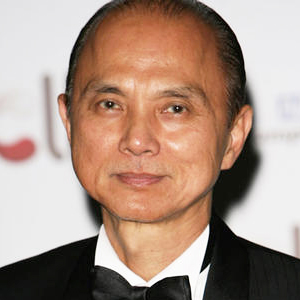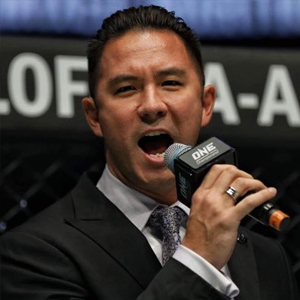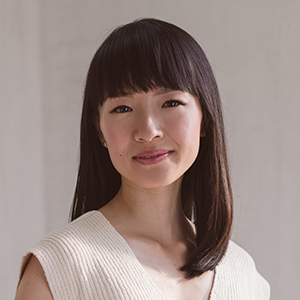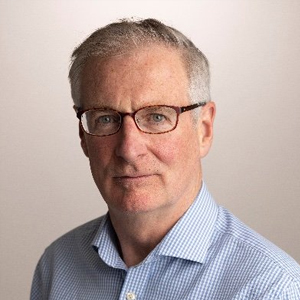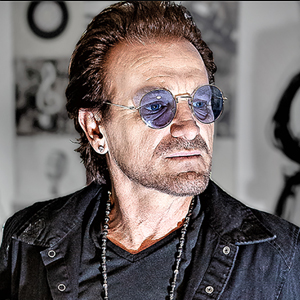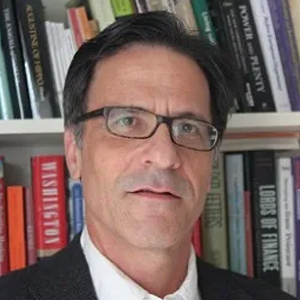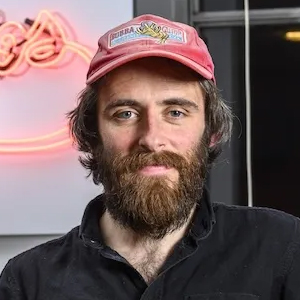British shoemaker Jimmy Choo lent his name to the line of elegant women's footwear that quickly developed a cult following in the 1990s, despite their exorbitant prices. But there are actually two designer-shoe companies that bear his name— his own custom atelier in London, and the wholesale business with which he was once involved. Thanks to the public-relations savvy of his former partners, Choo's name joined the roster of ultrafashionable luxury brands name-checked by R&B stars like Beyoncé Knowles and on the television series Sex and the City.
Choo hails from Penang, a province of Malaysia, and grew up in Penang's capital city, George Town. His family was of Chinese heritage, and he followed his father into shoemaking as a youngster. He made his first pair at the age of 12, and was soon working regularly in the family business that operated out of the first floor of their home. Around 1980, Choo traveled to London to visit relatives, and while there learned about a venerable shoemaking school in the city's East End called Cordwainers' Technical College. The term "cordwainer" had been used since 12th-century Britain to denote artisans who made shoes from new leather, as opposed to cobblers who worked with used material. Choo decided to stay, and rounded out his education in shoemaking at the school before attempting to return to Penang. "I went home for a year, " he recalled in an interview with James Fallon for Footwear News , "but I had gotten used to the life here and came back."
Choo sold his first shoe designs under the brand name Lucky Shoes in 1984. Two years later, he started a custom shoe business using his own name, which operated out of the former Metropolitan Hospital in the east London neighborhood of Hackney. The building had been converted into a series of stalls for artisans and small-scale clothing retailers, and future Gucci creative director Alexander Mc-Queen sold some his earliest designs there at the time. In 1989, Choo was joined in the business by his niece, Sandra Choi.
Over the next few years Choo built a small but profitable business making handmade shoes for style-conscious women who could afford his custom wares. He worked in leather, as well as python and even fish skin—which took color dyes quite well, he found—but his shoes were actually less expensive than traditional handmade shoes, which involve a pair of custom "lasts, " or shoe forms, for each client. Choo had a strong sense for fashion and embellishment, and his designs became a favorite of Diana, the Princess of Wales. Fashionistas were also devoted clients, and in 1996 a stylist for British Vogue named Tamara Yeardye Mellon suggested they start a larger-scale shoe business together. Mellon's father, who had made part of his fortune overseeing the expansion of the Vidal Sassoon hair-care empire in the 1970s, agreed to bankroll the start-up costs.
Choo's new line was manufactured at an Italian factory, and then shipped to top department stores such as Neiman Marcus and Bergdorf Goodman. There was also a chic new London boutique with his name on it, but there was some sniping over who had actually designed the Jimmy Choos—the designer himself, or Choi and Mellon—and the partnership soured. Thomas Yeardye, Tamara Mellon's father, had been impressed with how well the $400-a-pair shoes were selling, and funded an ambitious expansion plan involving an increase in production and the number of freestanding Jimmy Choo stores. The partnership grew even more acrimonious, as Choi, the niece, told Evgenia Peretz in Vanity Fair. She and her uncle, she noted, "were just trying to be sure that, whatever we're investing in, we're not going backwards. To be fair, on Jimmy's side, he's got responsibility. He's got family that he needs to bring up.… Whereas, on the other side, the Yeardye family, they're all set up. To them, it's a gamble, and it could go sky-high and everything could be wonderful, or it could be in shambles. But it doesn't quite affect them."
Choi eventually joined the Yeardye side, and the partnership rearranged in 2001, with Choo retaining the name to his own custom line, while the Yeardye-managed retail line carried on. By then the Jimmy Choo name had become as prominent as that of another high-end women's footwear designer, Manolo Blahnik, and was mentioned frequently in the fashion press. Characters on the hit HBO series The Sopranos and Sex and the City referenced the brand. The Jimmy Choo line also gained some priceless press attention when the 19-year-old twin daughters of U.S. president George W. Bush wore Jimmy Choo cashmere stiletto boots on their father's inauguration day in 2001. Later that year, the brand earned a somewhat more infamous distinction when a well-known Manhattan publicist, Lizzie Grubman, crashed her car into a crowd outside a nightclub in the posh resort town of Southampton in what witnesses said was a temper tantrum behind the wheel. According to other bystanders, one of the accident victims asked her friend to remove her Jimmy Choo heels from her feet, so that paramedics would not have to cut them off in their haste to treat her injuries.
Choo, who married a fellow student from Cord-wainers' College and has a daughter, still makes about five pairs of custom shoes weekly at his by-appointment-only workshop in central London. These Jimmy Choos bear the "handmade" designation on their soles, unlike those sold at top retailers and in the 30 Jimmy Choo stores around the world. He is the recipient of an Order of the British Empire (OBE) designation, as well as a Dato title, the Malaysian equivalent of a peerage. His rather old-fashioned style of business, much in the style of his father's artisanry, suits him better than designing full-scale, fashion-driven collections. "Shoes are a personal thing, a personal touch, " he said in an interview with Rose Shepherd of London's Mail on Sunday. "Everyone can sketch them, but to understand where they're comfortable, where they fit, where's the balance, that's important."
